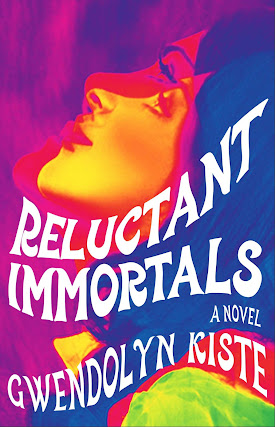What are the Different Viewpoints of Storytelling? Which is Best for Your Story?
One of the great things about creative writing is that there are a huge variety of telling them, but there are only four different viewpoints, something I like to think of as the voice of the story.
Let's take a looks at what these different viewpoints are, and how some are more suited to different types of stories.
So, what's a viewpoint? In simple terms it's the point of view from which the story is told. A viewpoint can be told exclusively through the voice of one character, multiple characters, or through an omnipresent view.
What are the four different viewpoints of storytelling?
1. First person viewpointSuch as I. This is where the narrative comes from one character only, usually always the protagonist, A.K.A the main character. A personal diary is always written in the first person viewpoint.
Advantages of a first person viewpoint
- A first person viewpoint offers the reader a greater sense of intimacy with the main character, which is vital if the reader needs to strongly sympathise with them.
- First person viewpoints work really well when writing as it allows the readers to feel involved with the protagonist really early on which is vital to a successful short story.
- A possible pitfall is that the reader usually only sees what the protagonist sees
2. Third person viewpoint
Such as He/She. This can be told using a single or multiple viewpoint
Advantages of a third person viewpoint
- There is more of a barrier between the reader and the protagonist which can be both a advantage and disadvantage. This can be an advantage is there is a major twist looming in the plot, such as if the protagonist is not what they seem and it is only revealed at the end.
- The reader can see things which the protagonist cannot.
- As mentioned above, a third person viewpoint does not afford the same sense of intimacy between the protagonist and the reader.
- Using a third person viewpoint allows the reader to see the story told through different characters which can offer the reader more information than using only a first person viewpoint.
Think Game of Thrones, this is told through the use of multiple third person viewpoints.
Advantages of using third person multiple viewpoints
- Using a third person multiple viewpoint offers the reader a vast scope of what is going on in the story, they are able to see everything that is occurring.
- As a writer you can swap between different viewpoints which could make the writing process more interesting. It can allow the reader to build up relationships with more than one character.
- Again this method offers less intimacy between the reader and your characters
- There is a risk that the reader may become confused and a little lost in the plot if there are too many characters. This method requires skill as you must be able to provide multiple unique characters that can stand on their own and be easily distinguished.
4. The Omnipresent viewpoint.
- This is where a story is told through an un known narrator, this is also called the god's viewpoint.
- This method differs to the use of a third person viewpoints mentioned above as it allows the reader to eavesdrop in the thoughts of different characters.
- The reader has access to all areas and they too like the omnipresent narrator can see everything.
- There is a risk of the reader not becoming emotionally involved with the story.






Comments
Post a Comment